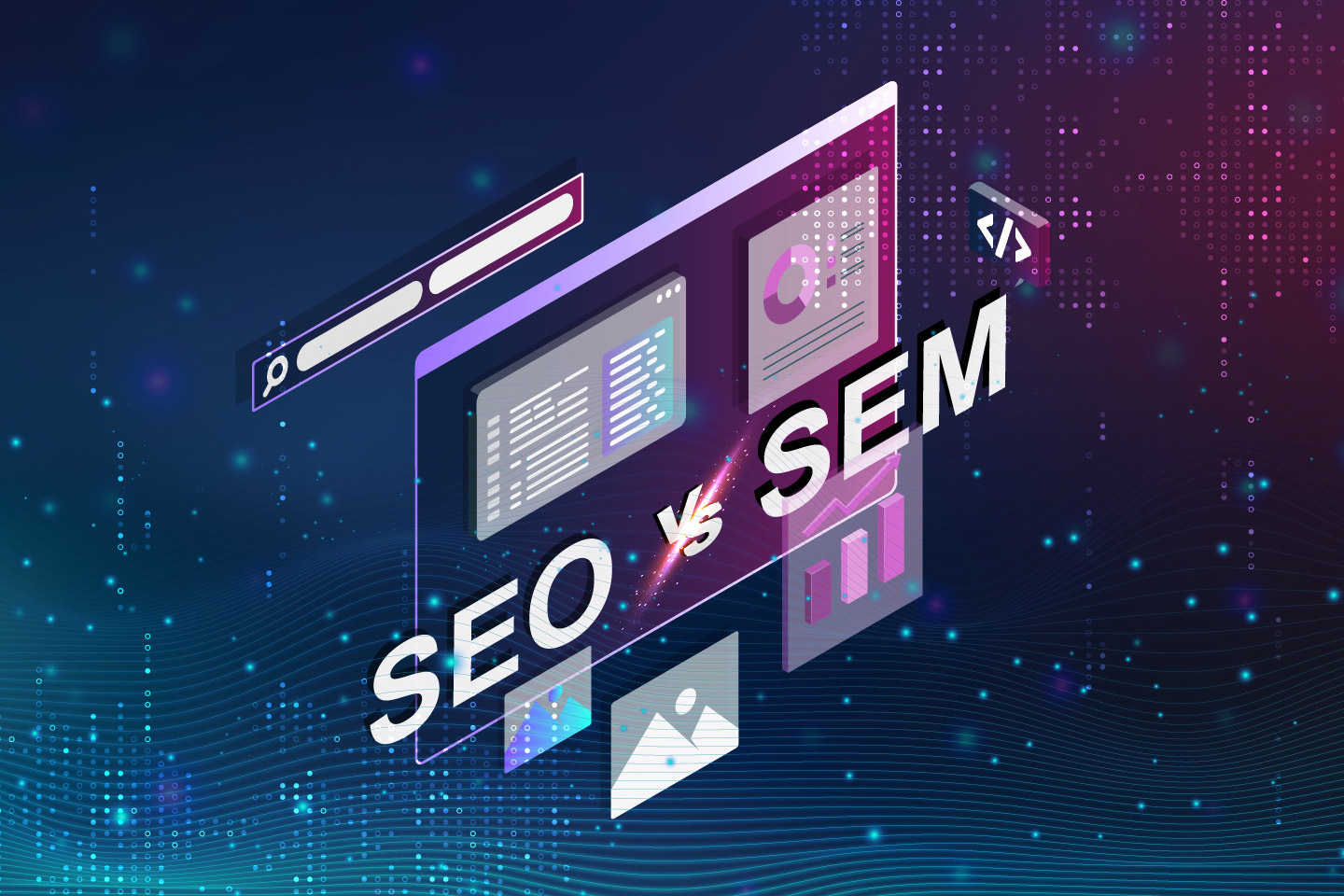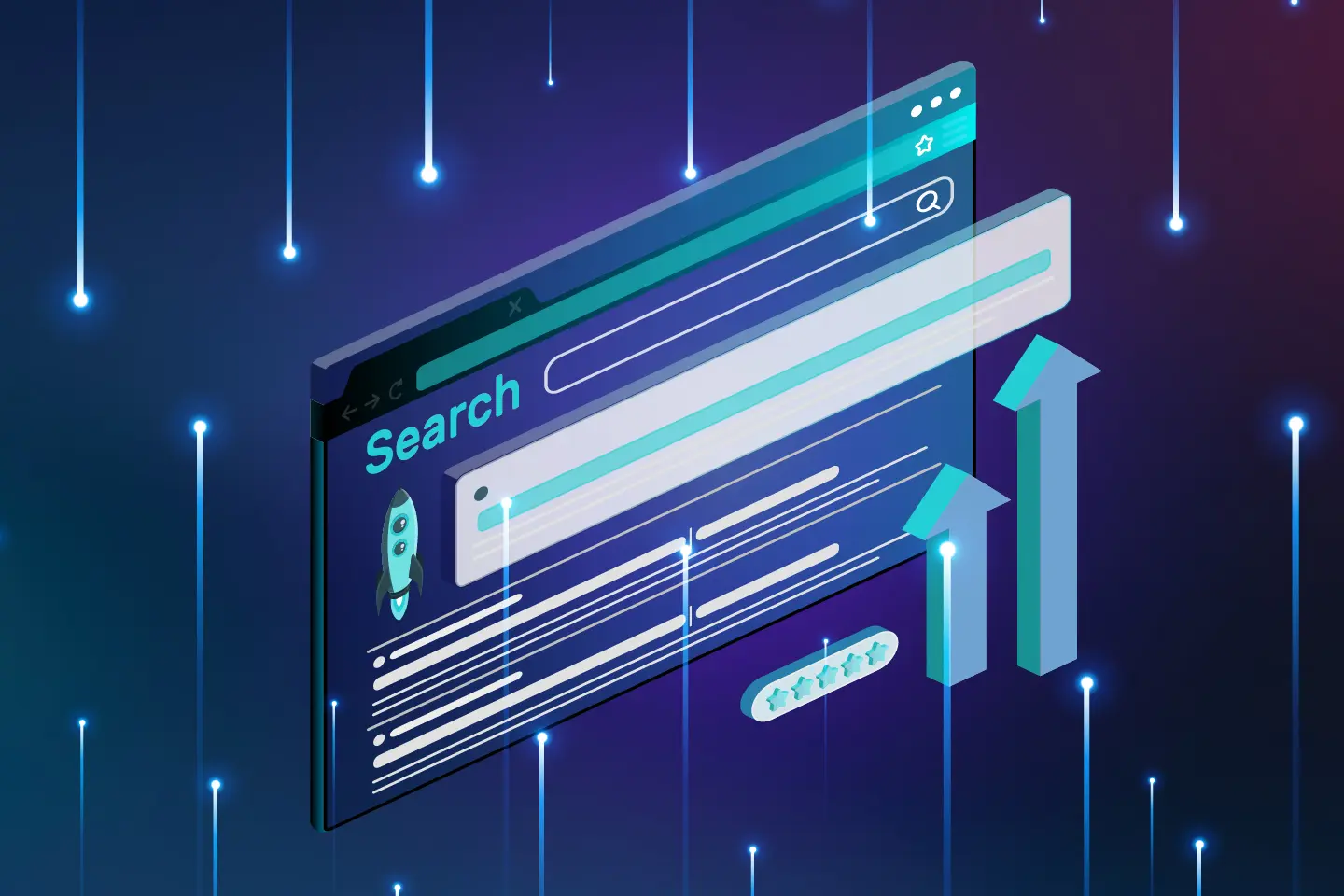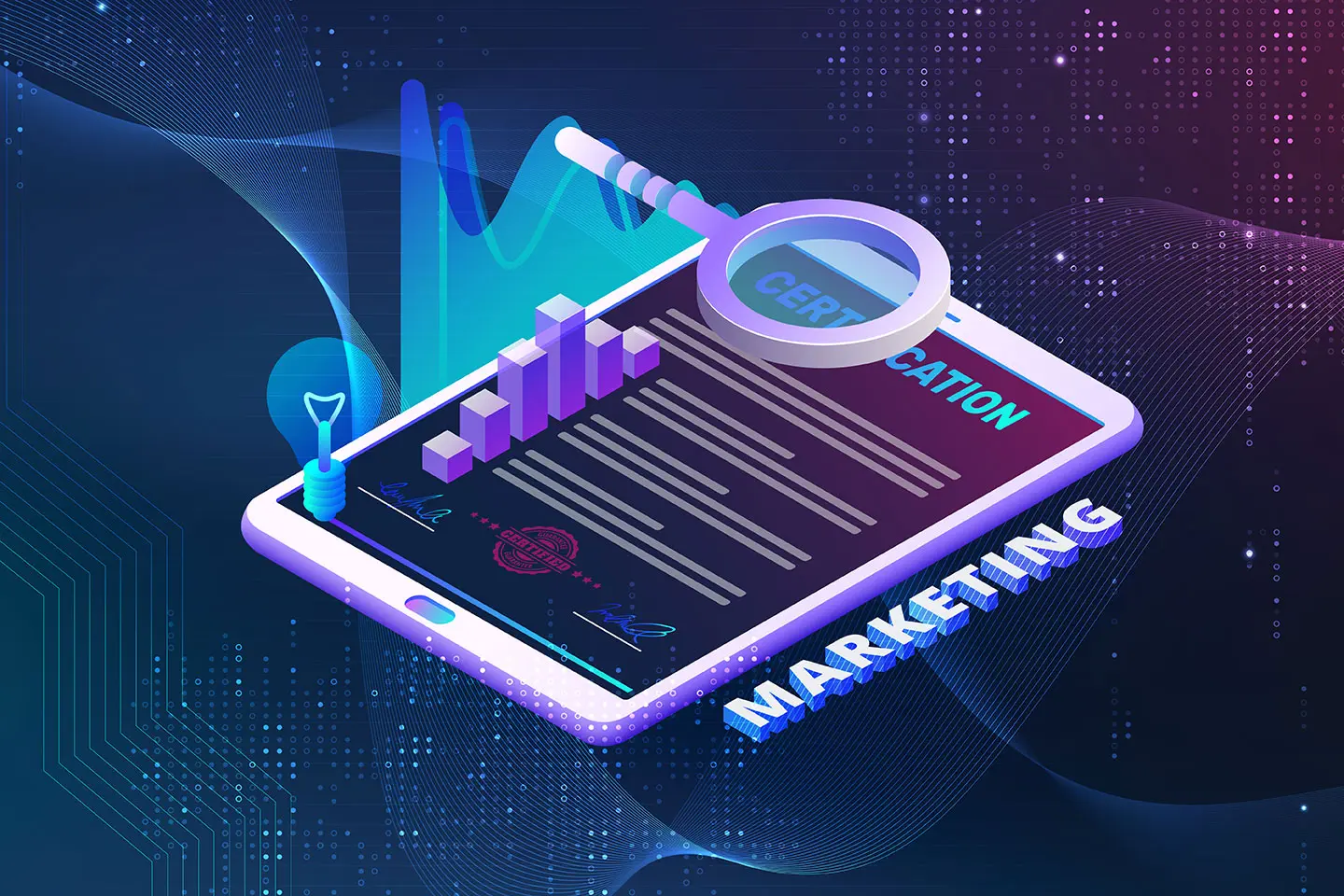Search Engine Optimization, or SEO, is the art of enhancing your website's presence in search engine results without relying on paid services. It utilizes keywords to make your site more visible to search engines like Google, aiming to rank your site higher based on relevance and quality.
Understanding Search Engine Optimization (SEO)
Search Engine Optimization, or SEO, enhances your website's visibility in search results without relying on paid advertising. It utilizes relevant keywords to improve your site's search engine ranking.
Why Opt for SEO?
- Cost-Efficiency: SEO traffic is free.
- Steadiness: It provides consistent traffic over time.
- Extensive Reach: Access Google's vast audience.
- Relevance: Targets more specific traffic compared to SEM.
Understanding Google's Mechanisms
Google operates through Crawling and Indexing. Crawling discovers new or updated pages, while Indexing organizes this data for quick retrieval. This allows Google to offer relevant search results rapidly, based on your query's language and various quality indicators.
The Drawbacks of SEO
SEO's main limitation is its slow result time, often taking up to 30 days. For immediate visibility, SEM is a preferable option despite SEO's advantages for organic search visibility.
Introduction to Search Engine Marketing (SEM)
SEM combines SEO with Pay-Per-Click (PPC) advertising, offering a speedy path to the top of search results, albeit at a cost.
Benefits of Using SEM
- Immediate Feedback: Monitor costs and traffic in real-time.
- Detailed Analytics: Insights on visitor behavior and conversion rates.
- Speed: Quick results and revenue generation.
- Competitive Edge: Immediate competition with top-ranked sites.
- SEO Synergy: Enhance your SEO strategy with SEM insights.
The Downsides of SEM
The main drawback of SEM is its cost, demanding a significant monetary investment with potentially varying ROI due to the high cost of some keywords.
Transform Your Website Traffic with Strategic SEO Services
The choice between SEO and SEM isn't about picking one over the other but using both to enhance your online presence. An initial SEM campaign can provide valuable data to refine SEO strategies, making both tools essential for increasing traffic and revenue.





